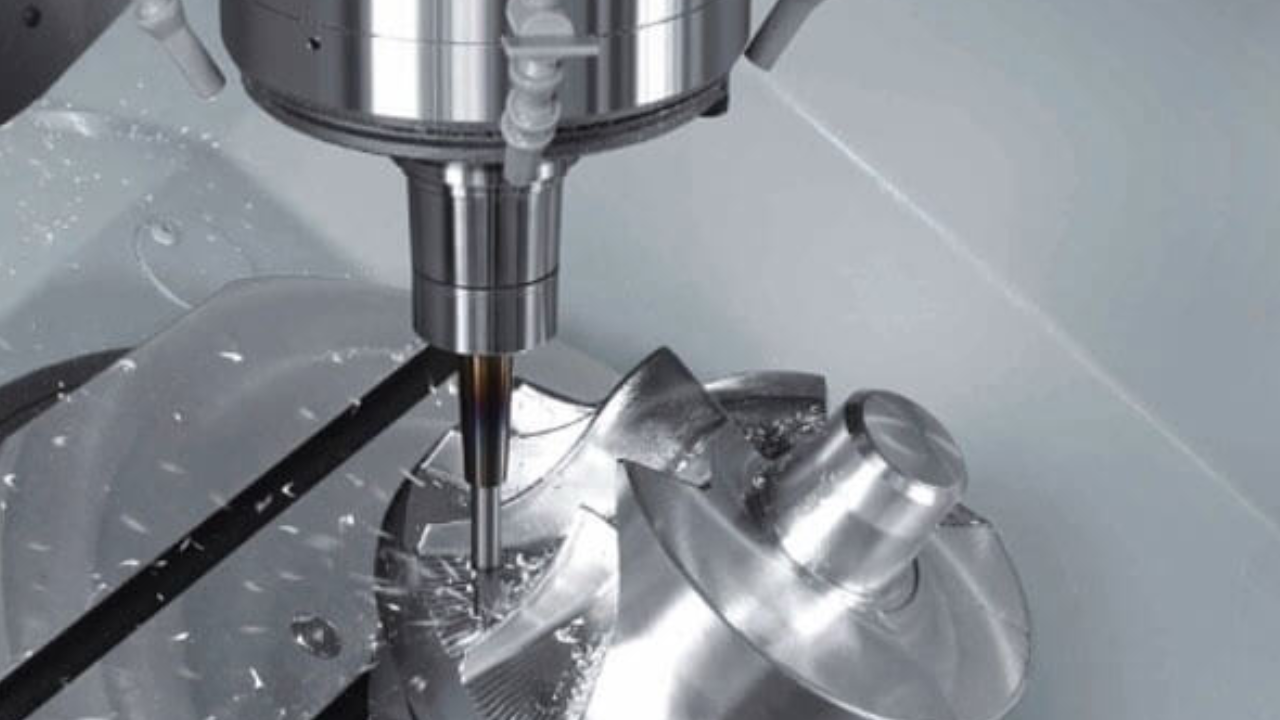One method used in subtractive manufacturing to remove material is the CNC machining process. In CNC machining, a computer precisely controls a range of sharp cutting tools that come in different sizes and shapes. Computer Numerical Control is referred to as CNC. The process of CNC machining begins with a computer, where CAD (Computer-aided Design) software is used by designers to prepare a product.
After that, a CNC machine can recognize this digital component thanks to its conversion into a different format. The CNC machine receives instructions in “G-Code,” which it may understand and begin cutting after receiving. Layers of material are removed by the cutting tool as soon as it makes contact with the workpiece during machining. Visit 3erp.com for further details on the CNC machine.
Safety Precautions Should Be Taken When Using CNC Machine Services
When using CNC (Computer Numerical Control) machinery, some safety precautions must be taken to keep both the machinery and its operators safe. The following are some vital safety precautions to think about:
Training and Qualification:
Operators must complete extensive training to obtain the requisite skills and expertise before operating CNC machines. Programming, emergency protocols, machine operation, and the appropriate use of personal protective equipment (PPE) should all be included in this training. An operator with training and qualifications is less likely to make mistakes that could jeopardize safety.
Personal Protective Equipment (PPE):
Using the right PPE is essential to protecting operators from possible risks. This comprises steel-toed boots, gloves, safety glasses, and ear protection. Depending on the kind of CNC machine being used and the materials being processed, different PPE may be needed. When operating a machine, operators are required to wear the appropriate PPE at all times.
Machine Inspection and Maintenance:
To detect and resolve such problems before they become more serious, routine CNC machine inspection and maintenance are crucial. This includes making sure all safety measures are operational, keeping an eye out for any loose or damaged parts, and making sure the lubricant is applied properly. It is important to set up scheduled maintenance procedures to keep equipment operating at peak efficiency and avoid unplanned malfunctions.
Procedures for Emergency Stops:
Emergency stop buttons should be placed in convenient locations on CNC machines. By pressing these buttons to promptly stop machine operations in an emergency, operators must be taught to respond quickly. Operator familiarity and proficiency with emergency stop procedures can be ensured by routine drills and simulations.
Machine Isolation:
It is essential to disconnect CNC machines from power sources when doing maintenance or adjusting them. It is recommended to employ lockout/tagout protocols to prevent unintentional starts during maintenance operations. The only people who should be able to maintain the machines are authorized workers who have received the necessary training.
Tool Inspection and Calibration:
To keep CNC machines precise and safe, cutting tools must be inspected and calibrated regularly. Tools that are broken or dull can need more cutting force, which increases the possibility of accidents. Operators must receive training on how to spot wear on their tools and when to replace or sharpen them.
Handling Dust and Chips:
The dust and chips produced by CNC machining can cause respiratory problems as well as trip risks. To keep a workplace safe and clean, efficient chip and dust extraction systems must be put in place. Establishing regular cleaning schedules will help stop debris buildup that could hinder equipment performance.
Workspace Organization:
By lowering the possibility of trip hazards and promoting effective machine operation, a neatly organized workspace improves safety. Clear routes should be kept, and tools, supplies, and other equipment should be stored appropriately. Furthermore, possible hazards should be highlighted and operators in the workspace should be guided by safety signage and markings.
Finally
Safety must always come first while using CNC machines, both for the sake of the workers’ health and productivity. Manufacturers may ensure the long-term success of CNC machining operations by implementing strict training programs, conducting routine maintenance, and upholding defined safety regulations. This will provide a secure working environment that reduces risks and promotes duty.
